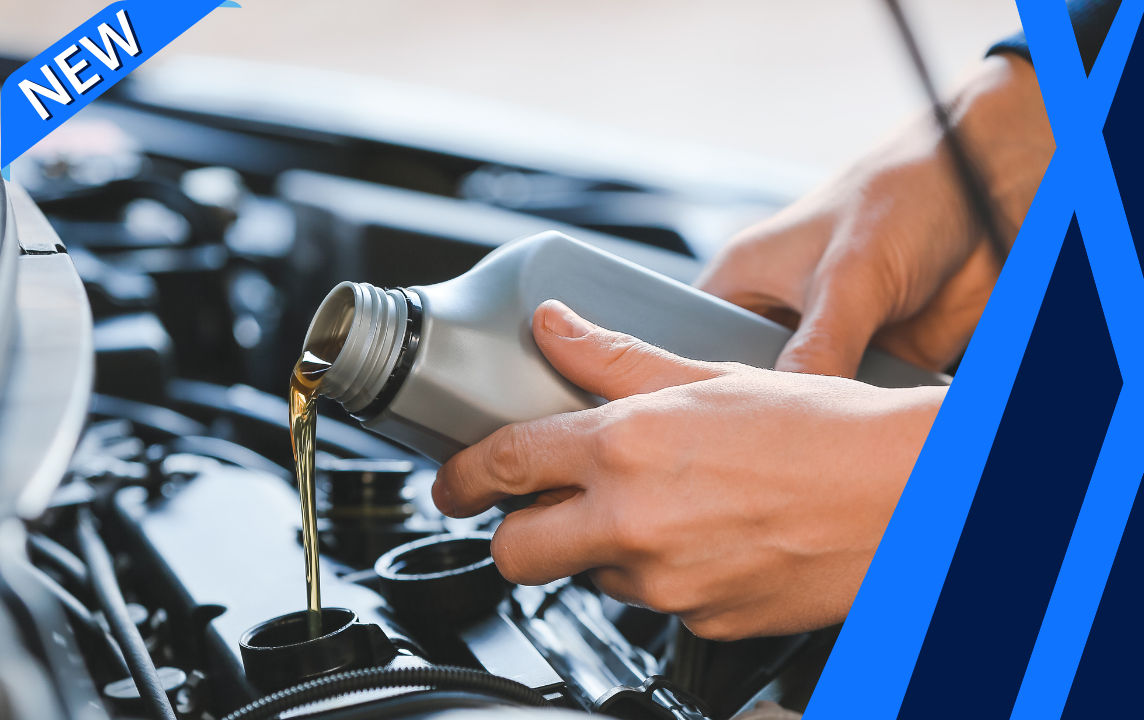Description
Water Pump Replacement
What is a water pump and how does it work?
The water pump is a belt or chain-driven engine accessory bolted to the engine above the crankshaft pulley. The pump housing has an impeller that circulates engine coolant through the cooling system passageways in the engine block and cylinder head, onto the radiator, where the coolant temperature is reduced. . The lower temperature coolant then flows back to the water inlet on the engine and the water pump continues the cycle.
When to consider replacing the water pump:
- Coolant leaks or overheating. A bearing supports the water pump impeller shaft. Eventually, the bearing or seal can wear and leak or damage the impeller. Many water pumps have weep holes near the pump bearing. If you see significant leakage from that weep hole, it is time to replace the pump.
- Bearing roughness or noise. If the water pump shaft does not turn smoothly or the pump is noisy, the bearing is excessively worn. Pump replacement will be necessary.
- Timing belt replacement. In engines where the timing belt drives the water pump, it is a good idea to replace the water pump at the same time the timing belt is replaced. The extensive work explains why it is always recommended to replace the water pump whenever the mechanic already has these components removed for regularly scheduled timing belt replacement.
How do mechanics replace the water pump?
- The water pump is usually bolted to the front of the engine. The replacement procedure will vary depending on whether the pump is driven by the timing belt, the serpentine belt, or the chain.
- On a cold engine, the engine coolant is drained to a level below the water pump.
- Components that require removing to access the water pump are removed, including the belt or chain that directly drive the pump.
- The bolts holding the pump to the engine are removed and the pump is pulled out.
- The gasket surface must be cleaned and the pump mounting surface inspected. A new gasket, rubber seal, or RTV sealant, as required, is installed and then the new pump. The bolts are torqued in sequence using a calibrated inch-pound torque wrench.
- For applications where the timing belt drives the water pump, the timing belt must be removed. Typically, this requires removal of the crankshaft pulley, timing belt covers, and timing belt tensioner. Once the new pump is installed, new coolant is added back while bleeding the cooling system of any air. The engine is then run and brought to normal operating temperature to check for leaks and ensure normal operating temperature.
Is it safe to drive with a water pump problem?
No. Should the water pump only leak a little bit, you can drive the car. However, a small leak could suddenly enlarge or the pump bearing might unexpectedly seize. Either circumstance would likely cause engine overheating. If a defective water pump causes the overheating, it is not safe to drive because of the damage to the engine.
When replacing the water pump keep in mind:
- It is best to install a new cooling system thermostat when you install a new water pump, especially if the thermostat is old or original.
- Completely flushing the cooling system is a good idea when you replace the water pump. Flushing can be done before or after pump replacement.
- The rest of the cooling system should be inspected too, particularly rubber hoses with a limited lifetime.




